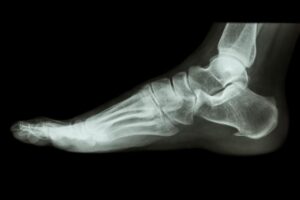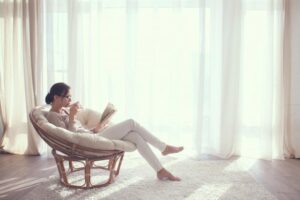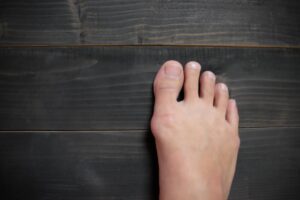4 Common Knee Injuries in Runners

Running is a convenient, low-equipment way to stay healthy and fit, but the high impact nature of this exercise means your lower body can literally take a pounding. Knee, foot, and ankle pain can be all-too-common occurrences in runners that might indicate you have an injury.
Board-qualified podiatrist Ryan Golub, DPM of Arizona Foot Health in Phoenix, Arizona explains four of the most common knee injuries runners can experience. Learn how wearing custom orthotics with well-fitted footwear can help prevent and heal your running knee injuries.
Why running can cause knee injuries
The nature of the act of running causes significant pressure on your knees. When you run, your knees carry three to five times your body weight with every stride.
The pressure your knees take can cause you to develop pain or injury in your knees if you run regularly. The risk increases if you run regularly on hard surfaces, like concrete or pavement, or run with improper form or footwear.
4 common running knee injuries
1. Patellofemoral pain syndrome (runner’s knee)
If you have pain at the front of your knee or elsewhere on your kneecap, you might have runner’s knee. Runner’s knee has a number of potential causes, ranging from poor footwear support to muscle weakness to structural abnormalities in your knee or gait.
The pain from runner’s knee tends to intensify when you’re running or walking uphill or downhill. Resting from running, getting fitted for the right running shoes and orthotics, and stretches can all help resolve the pain.
2. Iliotibial band syndrome
The primary symptoms of iliotibial band syndrome is a stabbing, sharp pain on the outer part of your knee. Your iliotibial band helps keep your knees and hips stable while running, so any tightness of irritation to it can cause pain.
Iliotibial band syndrome is often caused by overtraining, so reducing the length of your runs can help heal the injury. You can also try icing the outside of your knee, doing exercises that increase your flexibility and strength, changing your running shoes, and custom orthotics.
3. Patellar tendinitis
Patellar tendinitis is a common injury in runners and any athletes active in sports where they jump frequently. This condition causes you to experience pain anywhere from the top of your kneecap to the shinbone and occurs when your patellar tendon experiences weakness or tears.
Initially, patellar tendinitis might only cause pain when you run, but without treatment, you might also experience pain at rest. Resting your knee, taking NSAIDs, like ibuprofen, and strengthening and stretching exercises can all help the tendon heal.
4. Torn meniscus
When you have pain throughout your entire knee, a torn meniscus might be the culprit. Your meniscus helps absorb shock between your tibia and femur, so tearing it can cause swelling, pain, stiffness, and difficulty straightening or bending your entire leg.
Treating a torn meniscus can be nonsurgical or surgical depending on the severity of the injury. More minor tears can be managed nonsurgically through NSAID medication, stretching, strengthening the muscles around the knee, and wearing shoes and custom orthotics that provide proper support.
Preventing and treating running knee injuries with orthotics
Many running knee injuries are caused by wearing improper footwear while you run. The correct running shoes for your running gait and foot structure, combined with custom orthotics if needed, can prevent injuries from reoccurring and help you run safely after a knee injury.
At Arizona Foot Health, Dr. Golub evaluates the structure and balance of your foot and determines if there are any abnormalities. If Dr. Golub’s examination determines orthotics would help bring your gait and feet back into balance, he makes custom molds of your feet to ensure your orthotics fit perfectly. Your orthotics are carefully created by an expert lab.
To learn more about custom orthotics or for help if you’re experiencing pain from running, request an appointment at Arizona Foot Health online or by calling 602-973-3888.
You Might Also Enjoy...
The Achilles Heel
Given Arizona’s climate, patients are able to remain active year round. It’s why we all chose to live here. But…
Alleviating Back Pain and Other Benefits of Custom Orthotics You Didn’t Know About
Would you ever imagine that custom foot orthotics could improve your quality of life? That’s what many people say after…
9 Helpful Tips to Prepare Your Home Before Bunion Surgery
When moderate interventions, such as wearing wider shoes or using pads in your shoes, fail to ease your bunion pain…
When Should You Go to the Doctor for an Ingrown Toenail?
In most cases, you can nurse an ingrown toenail at home with over-the-counter pain medication, topical antibiotic creams, and soaking…
6 Home Exercises to Keep Your Ankles Strong
Ankles that feel wobbly and weak are vulnerable to injury. If you play sports, run, jump, or just walk often,…
Is Surgery My Best Option For Treating Bunions?
You have a bunion and it isn’t pretty, but if your bunion is small enough, or doesn’t hurt, you may…






